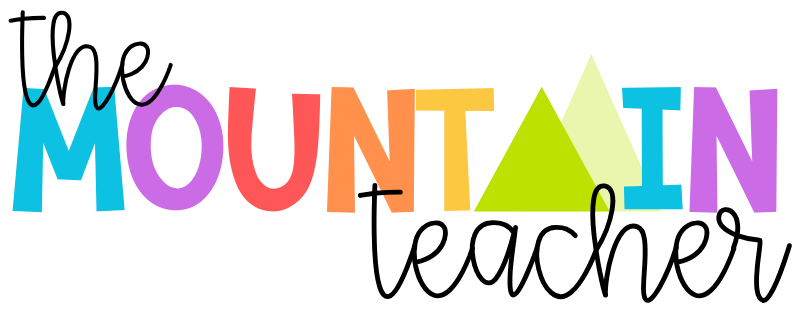Get Outstanding Results Using the Writing Process
For Elementary Classrooms
Weekly Plans:
Researching & Planning:
Researching and planning for a topic is probably the most different thing that we do for every genre. This is when I explicitly have my students plan out exactly what they are going to be writing about, being sure to have student understand the PURPOSE for what they are writing. For example, if students are writing an informative piece on an animal, I am sure that students know this is a time for facts and details, not events or opinions about animals. I always have my students fill out a paper where they gather notes using bullet points, so they have a general idea of where their writing will be going. Here is an example of what our most recent plans looked like:
Drafting:
This is where my students start writing their thoughts and ideas into full sentences. We spend the most time on this part, as this is where my students add their voice. We spend our mini-lesson talking about whatever I identify as a class area of growth, for example: the difference between an event and a detail, or varying the way we are starting our sentences. Students then transfer their ideas from their plans to their drafts using full sentences that are up to our second grade standard.
Revising:
Before my students begin to edit their papers, they know that they need to “revise”. This is a very difficult process for most second graders, and we keep it simple. I have my students revise their papers simply by first reading it aloud to themselves, then reading it aloud to a partner. We practice what we are looking for (does my paper flow and make sense) and we also practice giving compliments and suggestions to a partner when papers are being shared at this stage. These speech bubbles are a great reminder to students on what can or should be said during this process:
Editing:
How many times do we catch ourselves telling students “go edit this” again and again and again, but still finding the same results? Well, this consistent and FREE editing checklist has been an absolute lifesaver for my classroom. Students use various color crayons to mark their papers to be sure that they are checking for all of the important mechanics that need to be edited in a paper. Students know that I will not even look at their finished draft until I can see every color crayon has marked the paper.
Once students finish editing their own paper, they move on to help 2 friends with their papers. When this process is done for them, they can turn a popsicle stick into me with their name on it, and then I will do a final edit. Usually when I edit, I am looking for their writing goal that we have identified from their last paper. I keep track of their goals using a chart that looks like this:
Publishing:
Grading:
If you are looking for these FREE editing checklists, you can find them here:
If you are looking for these writing anchor charts to guide your own classroom’s work, check those out here:
If you are looking for a way to guide your classroom’s conversations through revising and editing using these speech bubbles, you can grab that resource here.
If you are looking for some fun, engaging, second grade writing packs, look here.







